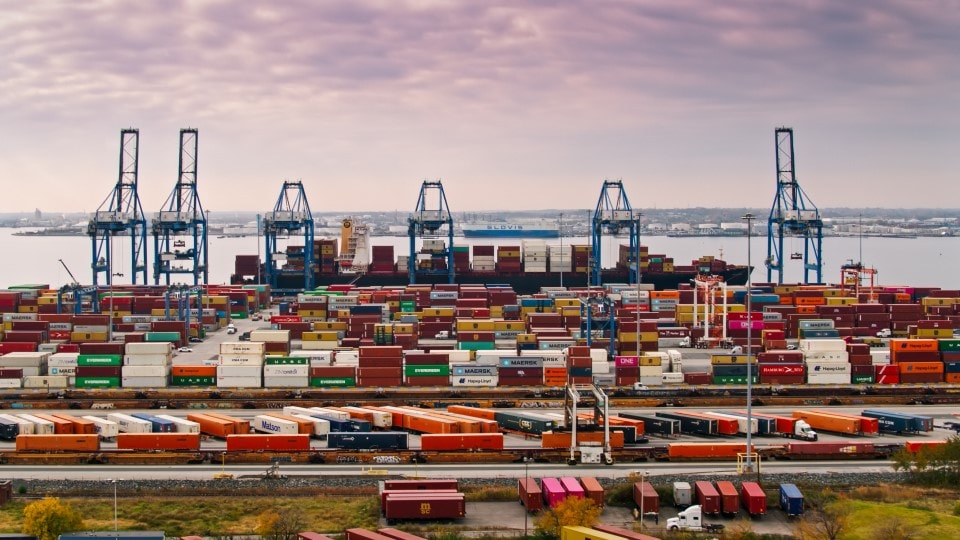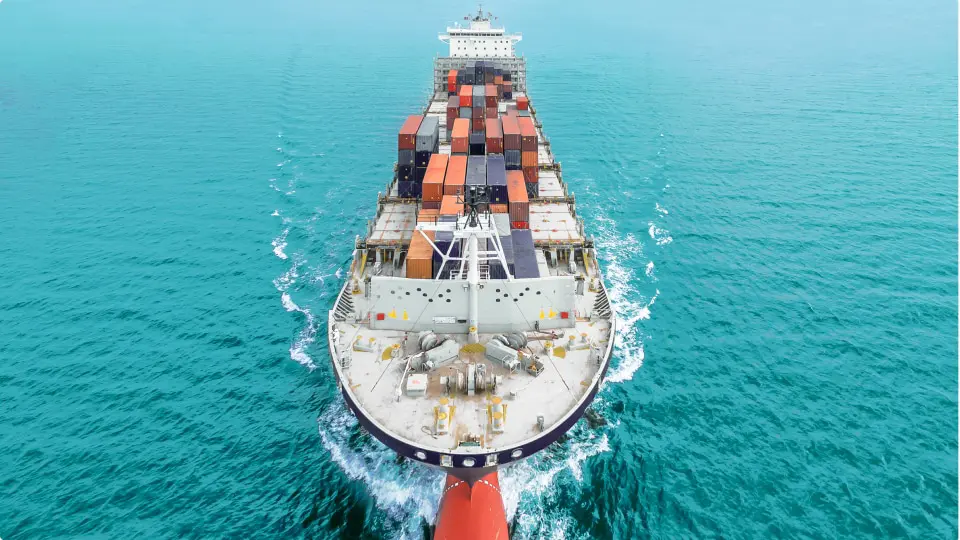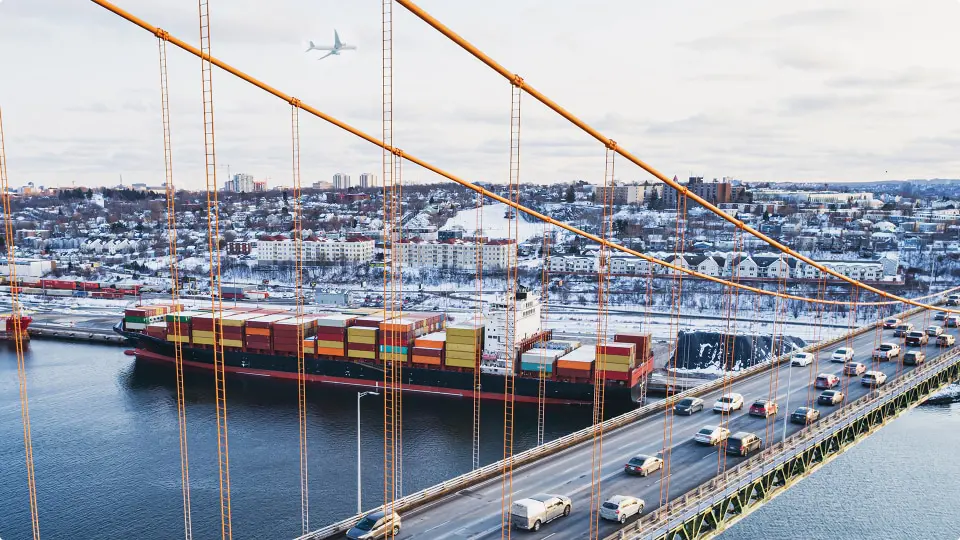What Happened to the Baltimore Bridge?
On Tuesday morning, March 26, the Francis Scott Key Bridge in Baltimore, US, collapsed after being struck by a cargo ship, Dali, after the crew experienced a loss of power and control. The collapse of the bridge does not just impact the city of Baltimore’s infrastructure; it also sends shockwaves through the global shipping industry, with far-reaching implications for shippers and cargo transporters alike.
What are the Immediate Supply Chain Impacts of the Baltimore Bridge Collapse?
For shippers dependent on the bridge as a crucial junction for moving goods in and out of Baltimore, the collapse represents a significant logistical hurdle. As the 9th busiest port in the US for overall trade volume, Baltimore primarily handles cargo for the automotive, construction and agricultural industries. Strategically positioned, it’s closer to the Midwest US than any other East Coast port and is an overnight drive for two-thirds of the US, according to the Maryland Port Administration.1 And while clean-up is underway, it may take weeks as the wreckage is removed, according to the US Army Corps of Engineers.2
In the immediate aftermath of the collapse, shippers face delays and increased costs as they reroute cargo and seek alternative modes of transportation. Trucking companies may see a rise in demand as they step in to bridge the gap left by the incapacitated bridge, but this influx of business may also strain capacity and drive up prices.3
Ocean container vessels with Baltimore as a port of call will be rerouted to alternative ports. Congestion and delays should be expected throughout the US East Coast with Norfolk and New York/New Jersey likely to experience the most significant congestion. Due to this situation, shippers can expect additional costs and service delays for both current and future shipments.
Baltimore’s traffic will likely be shifted to ports along the East Coast like Newark, New Jersey, Philadelphia, Wilmington, Delaware, Norfolk, Charleston and Savannah.
For UPS Ocean Freight Forwarding, services along the US East Coast may be impacted due to the collapse. For information on specific shipments, please refer to the UPS® Forwarding Hub or UPS Flex® Global View tracking, or contact your UPS Account Representative with questions or concerns.
What Shippers Can Do If Your Cargo is Already on a Vessel En Route to Baltimore?
In response to the crisis, shippers should adopt a proactive approach to minimize the impacts of the Baltimore port closure. This may include diversifying transportation routes, strengthening partnerships with alternative carriers and investing in contingency planning to weather future disruptions.
For UPS Supply Chain Solutions customers, if your cargo is already on a vessel headed for Baltimore, work with your sales representative or utilize Flex Global View tracking to determine which US East Coast port the vessel is going to call in place of Baltimore.
From there, UPS will support preparation of final mile solutions based on the adjusted discharge port. Longer trucking options may be required to reach final destinations, which will mean additional transit time and costs.
In locations where this capability exists, shippers can also consider consolidating multiple containers into one 53’ over the road trailer depending on distance, number of containers and weight of commodity. A general rule of thumb is that 3 - 40ft Ocean containers fit into 2 - 53’ over the road trailers.
Importers shipping perishable or other agricultural and goods regulated by the USDA are encouraged to review USDA import permits and update the approved arrival ports to avoid potential delays with customs.
What Shippers Can Do for Shipments Not Yet Loaded on Vessels Originally Destined for Baltimore?
All Water Routing: If your shipments set for Baltimore have not been loaded yet, and you wish to maintain all water routing to the US East Coast, you will need to determine which alternative East Coast Sea Port is closest to your final destination to reduce the impact of additional trucking expenses. In terms of distance from the greater Maryland/Virginia area, Norfolk, VA, or New York/New Jersey are likely the best options.
Rail Routing: To change to an IPI Rail solution, adjust your shipments to move over the water to the US East Coast or CA West Coast ports to then be transitioned to rail. Common rail ramp options closest to greater Maryland/Virginia include Pittsburgh, PA – Cleveland, OH – Columbus, OH – Charlotte, NC – Cincinnati, OH, and Louisville, KY.
Transload Trucking: Consider changing to a Transload truck option by adjusting shipments to move to Los Angeles, Long Beach, Seattle or Tacoma to be transloaded into an over the road truck. This may be faster than rail with the ability to move goods directly from the West Coast port of discharge to the final destination door. Keep in mind, that this may be more expensive than rail to areas immediately surrounding the rail ramps listed above but could be a cost-benefit if the final destination is outside of those rail ramp locations.




